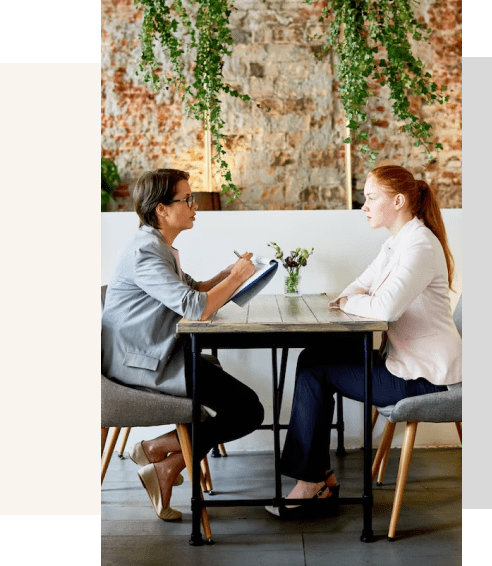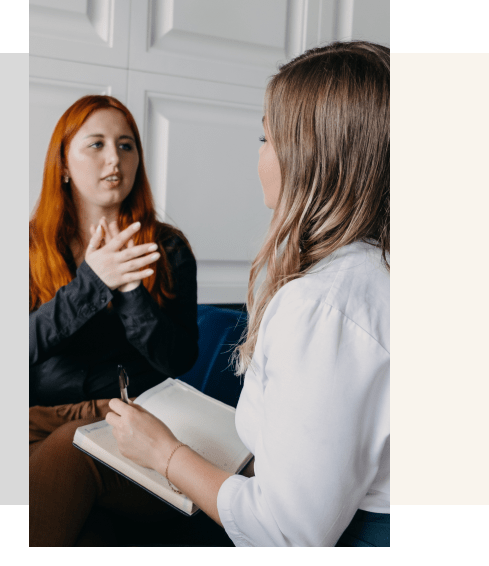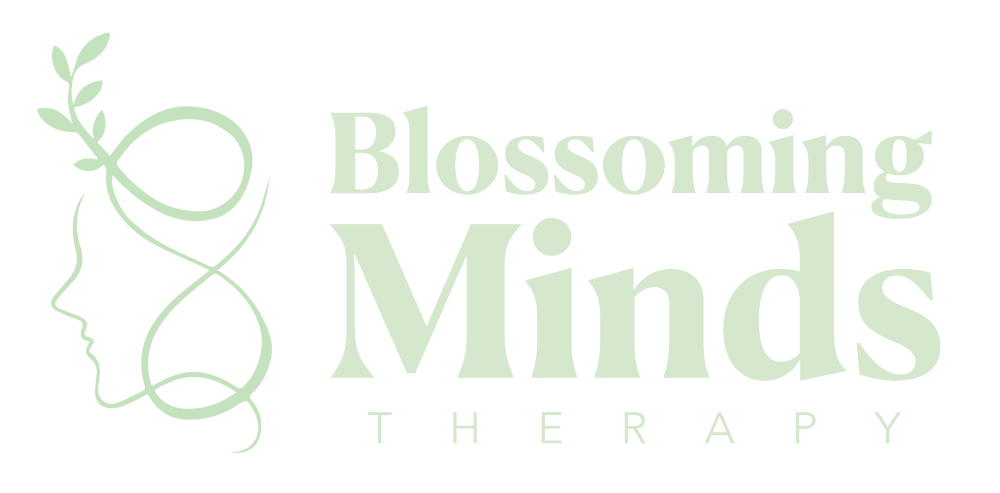What is Social Anxiety?
Feeling anxious and nervous in social situations is normal to experience, whether they are people we know or strangers. It is common to experience anxiety; for example, during a presentation or attending a formal event (Beyond blue, n.d.). Social anxiety is much more than the occasional nerves; the disorder involves an intense fear of social environments (Smith, 2018). It usually occurs in circumstances when you feel that you are being watched or critiqued by others. The thought of being in these situations is frightening that it may cause you to avoid them; this ultimately affects your ability to function. It is the fear of being judged or embarrassed in public; for instance, you may be afraid that someone will think negatively of you or that you won't be 'good enough' in comparison to others (Smith,2018).
You may notice these fears are irrational; however, the feelings/thoughts still remain. The good news about social anxiety is that you can learn to be comfortable in these social situations and change the thought patterns that seem to be all you can focus on when in public (Smith, 2018). Let's take a look at the symptoms, triggers, causes and strategies for of social anxiety.
What are the signs of Social Anxiety?
There are emotional, physical and behavioural signs of social anxiety (Smith, 2018)

Emotional
- Immense feelings of self-consciousness and anxiety in social situations
- Intense worry before an upcoming social situation
- Extreme fear of being watched or judged
- Fear of being embarrassed in public
- Fear that people will be aware of your nervousness
Physical
- Heated face (blushing)
- Trouble breathing
- Upset stomach (butterflies)
- Shaking
- Racing/tight chest
- Sweating
- Fainting
- Dizziness


Behavioral
- Avoidance of social situations to the point where it disrupts your life
- Hiding to escape notice or embarrassment
- Bringing a friend wherever you go
- Drinking alcohol to soothe your nerves
What may Trigger these Symptoms?
Many people struggle with these irrational fears; however, the situations that trigger social
anxiety symptoms differs depending on the person. Some people experience symptoms in
most everyday situations, other people may experience it in front of an audience or at a
party (Smith, 2018). Here are some examples of triggers:
What are the possible causes of social anxiety?
Social anxiety is caused from an interaction of biological and environmental factors. It could be an inherited trait from a family member. For example, an anxious parent can cause you to develop social anxiety symptoms. The part of the brain called the amygdala plays a role in controlling an individual’s fear response; a heightened fear response is caused from an overactive amygdala which increases the fear in social situations (Social anxiety disorder, 2021). Negative experiences, particularly in childhood can also cause symptoms to arise; for example, childhood trauma/abuse, bullying, teasing, rejection and humiliation. It is also highlighted that temperament may play a role in the development of social anxiety (Beyond blue, n.d.) children who demonstrate clingy behaviour, shyness, crying, timidity may be at risk of experiencing social anxiety.
Untreated symptoms can have a negative impact on your life; it can interfere with your relationships, work and overall enjoyment within your life. It can cause low-self-esteem, poor social skills and negative self-talk (Social anxiety disorder, 2021), therefore, it is important to seek help to manage the symptoms.
Strategies in therapy that can help you manage these symptoms? (Social anxiety disorder: More than just shyness, 2022)
- Mindfulness
- Cognitive-behavioural therapy
- Trauma modalities
- Meditation
- Acceptance and commitment therapy
References
- Beyond blue. (n.d.). Anxiety, depression and suicide prevention support - Beyond Blue. https://www.beyondblue.org.au/the-facts/anxiety/types-of-anxiety/social-phobia
- Smith, M., Segal, J., & Shubin, J. (2018, November 2). Social anxiety disorder. HelpGuide.org. https://www.helpguide.org/articles/anxiety/social-anxiety-disorder.htm
- Social anxiety disorder (social phobia) - Symptoms and causes. (2021, June 19). Mayo Clinic. https://www.mayoclinic.org/diseases-conditions/social-anxiety-disorder/symptoms-causes/syc-20353561#:~:text=Negative%20experiences.,be%20associated%20with%20this%20disorder
- Social anxiety disorder: More than just shyness. (2022). National Institute of Mental Health (NIMH). https://www.nimh.nih.gov/health/publications/social-anxiety-disorder-more-than-just-shyness#part_6258




